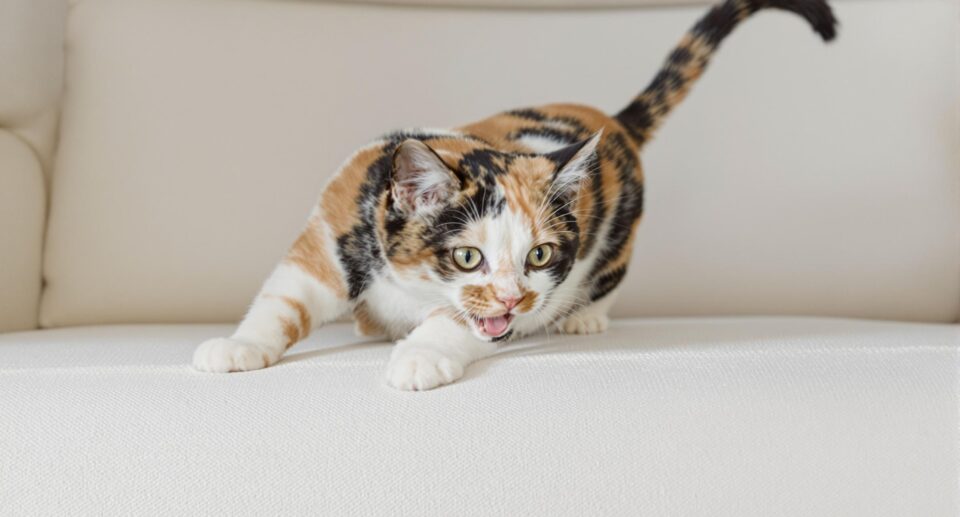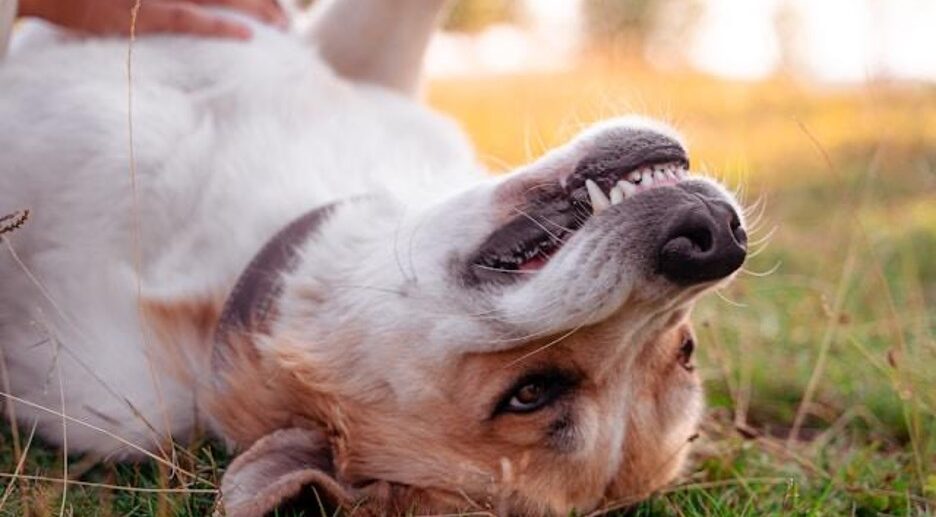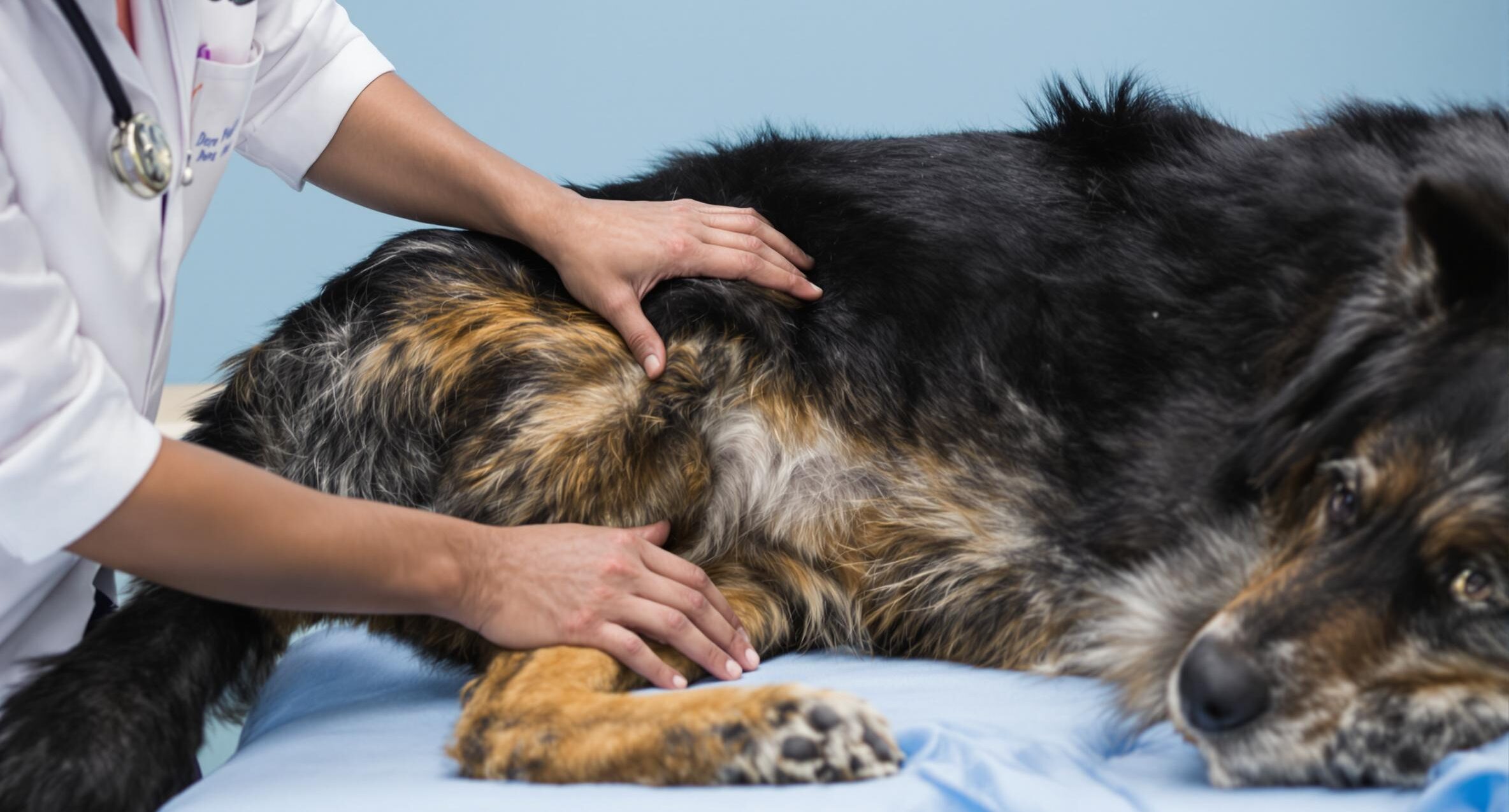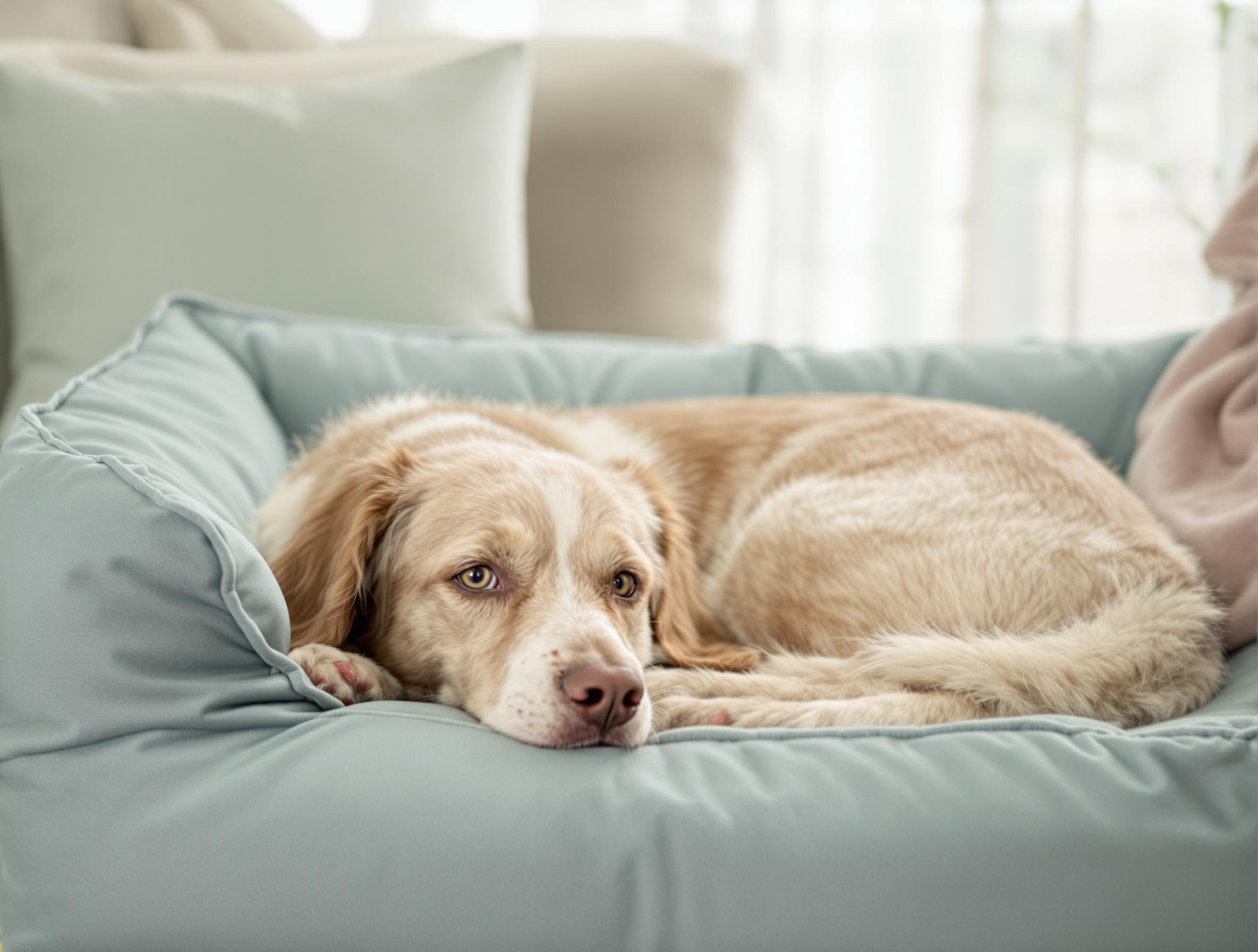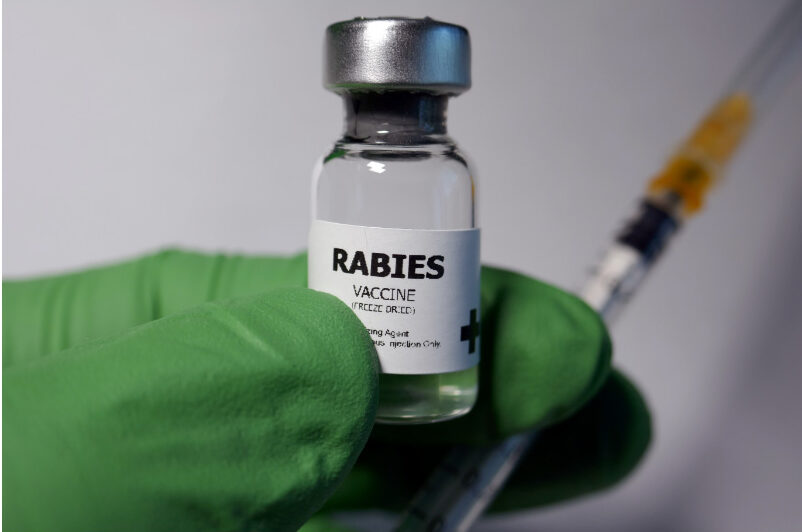9 Proven Ways to Keep Your Dog Out of the Garbage
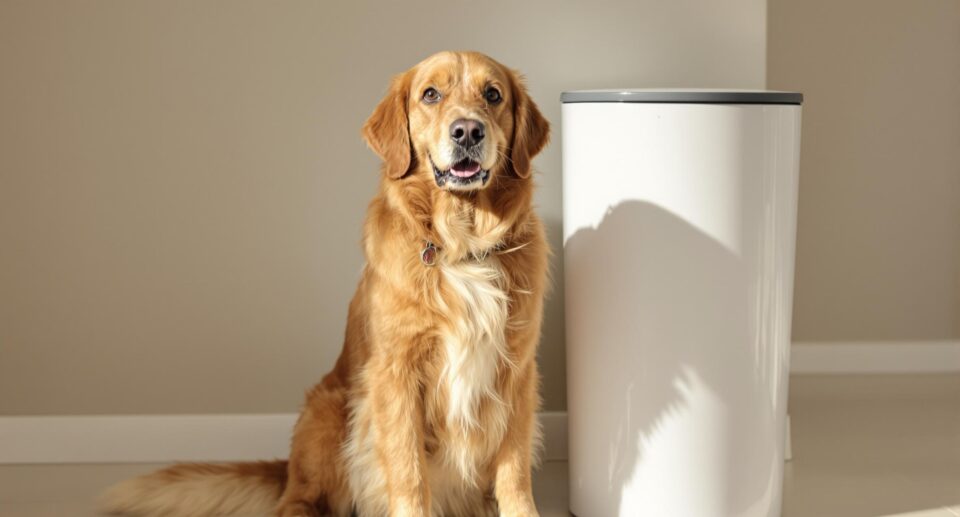
Key takeaways:
- Dogs are naturally drawn to garbage, and their instincts influence how they behave.
- Implement effective training techniques and household rules to discourage garbage diving in dogs.
- Utilize pet-safe deterrents and intelligent kitchen setups to create a secure environment, minimizing your dog’s interest in garbage.
You turn your back for one second, and suddenly, there’s a trail of garbage across the kitchen floor. Sound familiar? Dogs don’t do this to annoy you. They’re following their instincts and their noses, which are thousands of times more sensitive than ours. But when garbage becomes a daily temptation, it’s not just a mess—it can be a health risk. Items like chocolate, onions, or cooked bones are often hiding in the trash and can be toxic.
Understanding why your dog dives into the garbage is the first step to solving the problem. And the good news? There are simple, effective ways to stop this behavior—without stressing you or your dog out. From smart training tips to making your home more pet-friendly, this guide has you covered. Need extra support? PetHealthMD is here to help provide trustworthy information for pet parents just like you.
Understand why dogs are attracted to garbage
Let’s be honest—your dog isn’t trying to misbehave. Dogs are born scavengers. That powerful nose can sniff out food smells even through a closed bin. So when they find leftover pizza crust or a forgotten sandwich, it feels like hitting the jackpot.
This behavior is totally normal, even if your dog gets regular meals. But the trash can pose some serious risks. Think bones, moldy food, or even food packaging that can cause choking. If your dog has gotten into the garbage and is acting unusually — vomiting, low energy, or refusing food — contact your vet to rule out any health issues.
Pay attention to when your dog seems most tempted—like after dinner or during cleanup — and you’ll be better prepared to manage their curiosity.
1. Use simple training tips to stop garbage digging
Training your dog not to mess with the garbage doesn’t have to feel like a chore. You can turn it into a fun bonding experience. Start with something easy — place a non-edible item on the floor and teach your dog to ignore it. When they do, give them tons of praise and a treat!
Practice walking past the trash can together. Use simple commands like “leave it” or “away,” and celebrate every success. You’ll both start building confidence.
When you’re busy in the kitchen, distract your dog with a toy filled with treats or a puzzle game. It helps them learn that good stuff happens away from the trash.
2. Make your kitchen a dog-proof zone
Want to make life easier? Give your dog their own spot in the kitchen. A cozy bed in a quiet corner keeps them close but out of trouble.
Now, let’s talk trash bins. Tuck your garbage inside a cabinet with childproof locks or invest in a step-to-open bin that seals tight. These simple changes can stop your dog from getting into things they shouldn’t.
Use a baby gate to block access to the trash during cooking or cleanup. These extra barriers can be helpful, especially if your dog is persistent.
3. Choose a garbage bin with built-in deterrents

Not all trash bins are created equal — especially when you’ve got a smart, curious dog. Look for hands-free models with locking lids or motion sensors. They make it easy for you and tough for your dog.
Bins with heavy bottoms and odor-trapping lids are your best bet. And don’t worry — there’s something for every budget. From simple locking lids to sleek, stainless steel versions, you’ve got plenty of options.
Place the bin somewhere harder to reach — like under the sink. Keeping it out of sight means your dog is less likely to bother with it.
4. Enrich your dog’s environment to reduce garbage interest
Dogs love to work for food—it’s part of their nature. So why not put that instinct to good use? Puzzle toys, treat-dispensing balls, and lick mats keep them busy and satisfied.
Try making mealtime a game. Hide treats in a rolled-up towel or scatter kibble in your backyard for a little treasure hunt.
Rotate toys every few days to keep things fresh. Even a DIY box filled with crumpled paper and treats can be a fun, supervised activity.
5. Establish and reinforce household rules
Dogs thrive on routine. Feeding at the same times each day and taking regular walks helps your dog feel secure — and less likely to go dumpster diving.
Get the whole household involved. Assign simple jobs, like taking out the trash right after meals or keeping an eye on the dog during food prep. When everyone’s on the same page, your dog gets consistent guidance.
Keep toys nearby and praise your dog when they choose playtime over exploring the garbage. Instant feedback really helps reinforce the right habits.
6. Supervise your dog during risky times to stop garbage trouble
Your attention makes a big difference, especially during high-risk times like dinner prep or cleanup. Watching your dog and gently guiding them helps build better habits.
Use the cooking time to practice commands like “stay” or “leave it.” Offer praise and a treat for staying calm and out of the way.
Hand your dog a toy while you clean up, or use treat-finding games to keep them busy and focused elsewhere.
7. Apply natural deterrents as a first line of defense
Your dog’s nose is super sensitive — use that to your advantage! Scents like citrus peels, coffee grounds, or diluted vinegar can help keep your dog away from the trash without using anything harsh.
Place lemon or orange peels near the bin or wipe the area with a vinegar solution. Just make sure your dog doesn’t lick or chew directly on these deterrents.
Stick with pet-safe methods and avoid essential oils, which can be harmful.
8. Handle food waste to minimize attractiveness
If there’s something smelly in the trash, your dog will try to get to it. That’s why handling food waste properly is key.
Clear leftovers and packaging right after meals, and empty bins daily if you can. For stronger-smelling waste like meat scraps, keep it sealed in the freezer until trash day.
Clean around trash areas often — especially under the sink or near recycling bins. A tidy space makes it harder for your dog to find anything appealing.
PetMeds reminds pet owners that food-related poisoning is a top reason for emergency vet visits. If you think your dog has eaten something harmful, don’t wait—call your vet.
9. Seek professional help for persistent behavioral issues
If your dog won’t leave the trash alone — even with training — it might be time to talk to a pro. Sometimes, there’s more going on, like a health issue or anxiety, that needs expert attention. Always consult your veterinarian if you’re unsure whether your dog’s behavior is caused by an underlying medical issue.
A behaviorist can help you understand your dog’s triggers and give you a clear plan to follow at home. You’ll learn how to work together and see real progress.
PetHealthMD offers reliable information and tips on behavior support to help guide your efforts.
Frequently asked questions about keeping dogs out of garbage
What makes garbage so appealing to dogs?
It’s a mix of smell and instinct. Dogs can smell food through containers, and their urge to scavenge makes them want to check it out. It’s not bad behavior — it’s just natural.
What health risks do dogs face from eating garbage?
Plenty, unfortunately. Vomiting, choking, or poisoning can all happen. PetMeds notes that many emergency vet visits are caused by dogs eating things like chocolate or cooked bones. If you see symptoms, contact your vet quickly.
How effective is positive reinforcement training for preventing garbage diving?
It’s one of the best ways to teach lasting behavior. Combining gentle training with a smart setup at home for the best outcome.
Which breeds need extra attention around garbage?
Scent-focused breeds like Beagles and Labs tend to be more curious. But honestly, any dog can benefit from training and prevention.
How do I choose safe deterrent methods?
Stick with pet-safe barriers. Avoid strong chemicals or oils that could hurt your dog.
Empower your pet with safe habits

You can make your home safer and your dog happier with just a few simple steps. Securing the trash, sticking to a feeding routine, and adding puzzle toys all help build better habits.
If your dog has eaten something from the trash or is acting strangely, call your vet right away.
Pick one spot in your home to pet-proof today. Add another next week. These small changes make a big difference.
Looking for trusted advice to keep your dog safe and well-behaved? Visit PetHealthMD for expert tips, vet-backed insights, and easy guides built just for pet owners like you. You’ve got this — and your dog is lucky to have you.

